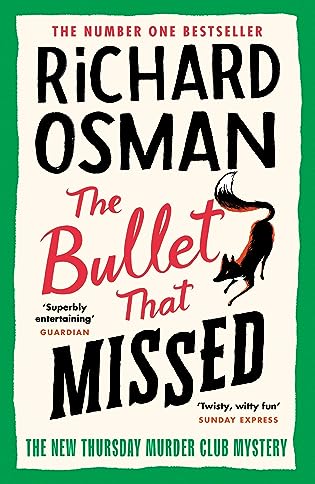 The Bullet That Missed (Thursday Murder Club, #3) by Richard Osman
The Bullet That Missed (Thursday Murder Club, #3) by Richard Osman Format: eARC
Source: supplied by publisher via Edelweiss
Formats available: hardcover, paperback, large print, ebook, audiobook
Genres: mystery, thriller
Series: Thursday Murder Club #3
Pages: 413
Published by Pamela Dorman Books on September 15, 2022
Purchasing Info: Author's Website, Publisher's Website, Amazon, Barnes & Noble, Kobo, Bookshop.org, Better World Books
Goodreads
One Thursday afternoon in the seniors' center, a decade-old cold case --their favorite kind-- leads the Thursday Murder Club to a local news legend and a murder with no body and no answers. A new foe they call "Viking", wants Elizabeth to kill former KGB chief Viktor, or he will kill her sweet best friend Joyce. Activist marked for death Ron and psychiatrist Ibrahim chase clues for Viking's identity, and investigate mob-queen prisoner from last book.
This third adventure ranges from a prison cell with espresso machine to a luxury penthouse with swimming pool high in the sky.
My Review:
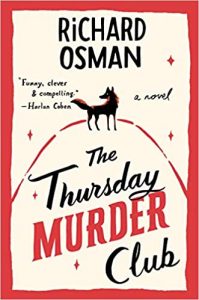 How far would you go to save your best friend’s life? What lengths would you go to? Perhaps a better question would be to ask what lengths wouldn’t you go to? Because that is certainly one of the big questions at the heart of The Bullet That Missed.
How far would you go to save your best friend’s life? What lengths would you go to? Perhaps a better question would be to ask what lengths wouldn’t you go to? Because that is certainly one of the big questions at the heart of The Bullet That Missed.
First, there’s a cold case, because that’s what the Thursday Murder Club does in its Thursday meetings – it investigates cold cases.
The case they pick this time is close to home, both in time and in distance. Ten years ago, a young reporter disappeared, and has been presumed dead for most of a decade. Bethany Waites was working on a huge story about smuggling cell phones and tax fraud. Millions of pounds disappeared so thoroughly into the labyrinth of money laundering that the money was never found. Which didn’t stop the police from sending one of the perpetrators went to jail for it, while the likely instigator managed to stay out of legal trouble – most likely by doing something else seriously illegal.
But the reporter left her apartment one night, her car was found on the shore bloodied but empty after having been pushed over a cliff, and the woman was never seen again. She’s still much missed, by her friends, her colleagues, and most especially her mentor who never got over her death.
One of the seemingly trivial issues surrounding that very non-traditional event was that the young, female reporter was receiving nasty little threatening messages dropped in her purse, left on her desk and even stuck to her car.
Just as Elizabeth Best is receiving ten years later, although the messages Elizabeth is receiving are much more specifically life threatening rather than the job-threatening ‘mean-girl’ type messages Bethany was getting.
A mysterious personage has threatened Elizabeth that if she doesn’t kill a particular former KGB agent, both Elizabeth and her best friend Joyce will be killed instead. Joyce first, of course, so that Elizabeth has time to reflect on the folly of her (non) actions.
But the man that the mysterious criminal Elizabeth ends up calling “the Viking”, because he very much resembles one wants so very, very dead, is also a friend. An old and dear friend who Elizabeth would very much like to save as she doesn’t have many of those around – not just anymore but ever.
The cases don’t really intersect when Elizabeth and company get involved in them. They really, really don’t. But, and it turns out to be a big, huge, but, ten years isn’t all that long ago, especially in a small town like Cooper’s Chase.
Because all of the players for the cold case are still around for the fresh case. All except one.
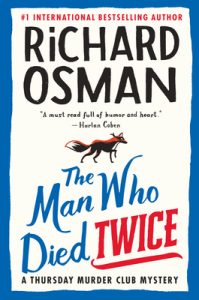 Escape Rating A-: There are two ways of looking at the adventures of the Thursday Murder Club. On the one hand, the mostly fun side of the equation, there are the murder cases that seem to find their way to the club’s door – even if Elizabeth has to push them in that direction more than a bit. And sometimes they push back – as the Viking’s part of this entry in the series does.
Escape Rating A-: There are two ways of looking at the adventures of the Thursday Murder Club. On the one hand, the mostly fun side of the equation, there are the murder cases that seem to find their way to the club’s door – even if Elizabeth has to push them in that direction more than a bit. And sometimes they push back – as the Viking’s part of this entry in the series does.
But then there’s the much more serious side, the one that can be summed up as “old age is not for sissies’. Because it isn’t and they aren’t and none of them are remotely planning to go gentle into that good night no matter how hard some people – including Elizabeth’s oldest and dearest enemies – try to shove them in that direction. With a surprising amount of extreme prejudice.
Then again, one does get the impression that Elizabeth Best is the spiritual sister of Hetty Lang from NCIS: LA and Victoria Winslow, the character that Helen Mirren played in the movies RED and RED 2.
But seriously, the mystery – in spite of or because of the increasing number of victims – is the fun part of the story. It’s also the part that changes most from book to book in a series.
The real reason that people keep coming back to any particular mystery series over and over again (this is book 3 in this series already, after The Thursday Murder Club and The Man Who Died Twice) is because we get involved with the lives of the ‘Scooby gang’ that does the solving of the murders and not so much the murders themselves.
So what makes the Thursday Murder Club work as a series is the way that it revolves around and utilizes the strengths and weaknesses of the members of the club. The particular charm of this series is that it neither shies away from the issues of aging nor does it turn the idea of septuagenarians successfully solving crimes into anything twee or cutesy. (If you remember the Mrs. Pollifax series by Dorothy Gilman, that got both cutesy and twee over the course of its run.)
The members of the Thursday Murder Club are also all dealing with loss (realistically but differently according to each of their personalities), either in the past or the present, but are still very much living in the here and now – and dealing successfully with it – something we don’t see nearly enough.
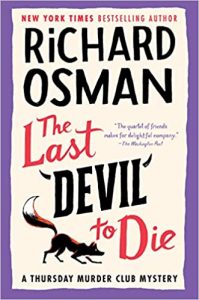 I was tempted to say something like ‘they still have a lot to give’ which doesn’t convey the right sentiment because it implies they’re an exception to some rule in the same way that telling a woman she doesn’t look her age may be intended as a compliment but actually reinforces the idea that looking whatever age she is isn’t good enough – when it should be.
I was tempted to say something like ‘they still have a lot to give’ which doesn’t convey the right sentiment because it implies they’re an exception to some rule in the same way that telling a woman she doesn’t look her age may be intended as a compliment but actually reinforces the idea that looking whatever age she is isn’t good enough – when it should be.
I’d say that Elizabeth, Joyce, Ibrahim and Ron have always had a lot to give and have never stopped giving it. While giving readers a terrific mystery to savor along the way.
Speaking of which, they have one more mystery to give us this year. The Last Devil to Die will be out later this month. And it’s already on my reading calendar because I can’t wait!

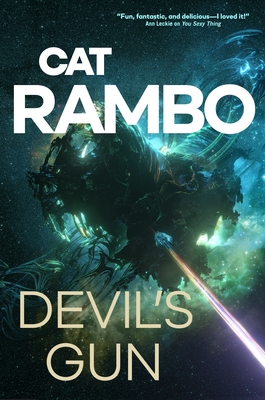 Devil's Gun (Disco Space Opera #2) by
Devil's Gun (Disco Space Opera #2) by  Escape Rating B: I picked this up because I enjoyed the first book in the series,
Escape Rating B: I picked this up because I enjoyed the first book in the series, 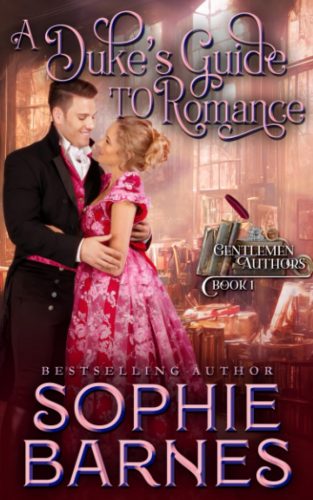 A Duke's Guide to Romance (The Gentlemen Authors #1) by
A Duke's Guide to Romance (The Gentlemen Authors #1) by 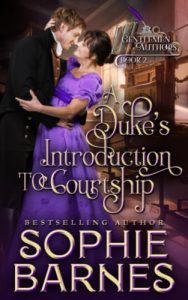 Escape Rating A-: A Duke’s Guide to Romance is a deliciously frothy confection, light and fluffy and full of wit and sparkle with just the barest hint of a misunderstandammit to keep the characters on their toes until the very end.
Escape Rating A-: A Duke’s Guide to Romance is a deliciously frothy confection, light and fluffy and full of wit and sparkle with just the barest hint of a misunderstandammit to keep the characters on their toes until the very end.
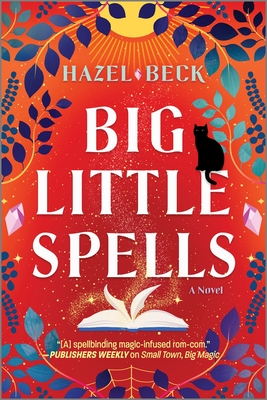 Big Little Spells (Witchlore, #2) by
Big Little Spells (Witchlore, #2) by 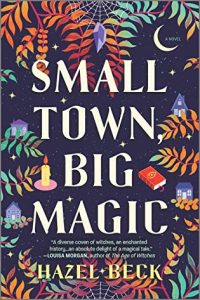 Escape Rating B+: In that opening bit of petty bullshit, I began wondering if the reason that nasty showed up in the river was either because Joywood summoned it themselves – or if they were just so corrupt that like called to like. I’m still debating that particular question – but hunting for the answer certainly kept me turning pages.
Escape Rating B+: In that opening bit of petty bullshit, I began wondering if the reason that nasty showed up in the river was either because Joywood summoned it themselves – or if they were just so corrupt that like called to like. I’m still debating that particular question – but hunting for the answer certainly kept me turning pages.

 Current Giveaways:
Current Giveaways: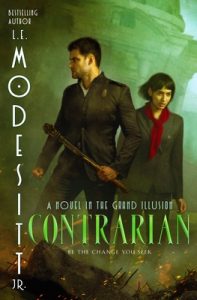 Blog Recap:
Blog Recap: Coming This Week:
Coming This Week:
















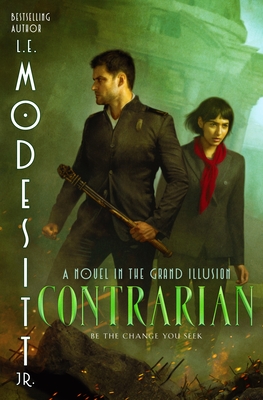 Contrarian (The Grand Illusion #3) by
Contrarian (The Grand Illusion #3) by 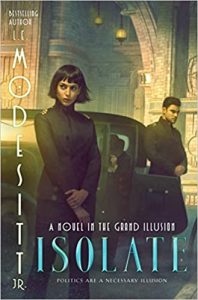 The first book in this series,
The first book in this series, 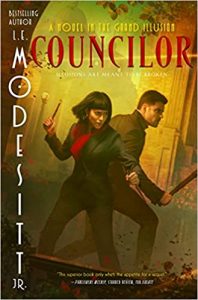 Escape Rating A+: This series is my catnip. I could read about Steffan’s work day, his colleagues, his attempts to maneuver around a great many of them, and the crises in his country that he tries to prevent, pretty much all day long.
Escape Rating A+: This series is my catnip. I could read about Steffan’s work day, his colleagues, his attempts to maneuver around a great many of them, and the crises in his country that he tries to prevent, pretty much all day long. 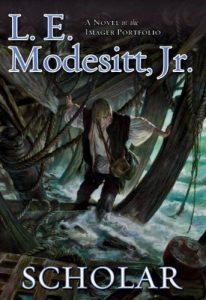 The progress of the series so far reminds me a lot of the author’s
The progress of the series so far reminds me a lot of the author’s 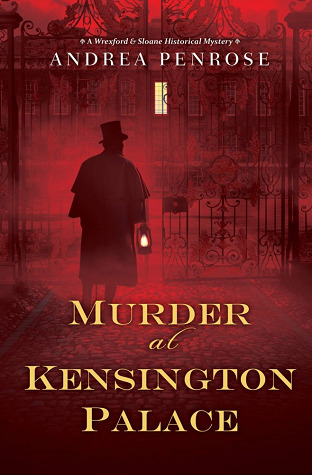 Murder at Kensington Palace (Wrexford & Sloane, #3) by
Murder at Kensington Palace (Wrexford & Sloane, #3) by 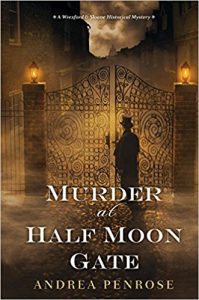 The murder that drags Wrexford and Sloane back into the fray after the events of
The murder that drags Wrexford and Sloane back into the fray after the events of 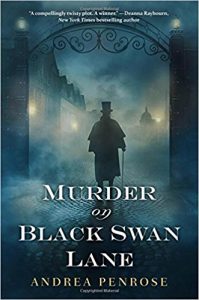 Escape Rating A-: I got into the
Escape Rating A-: I got into the 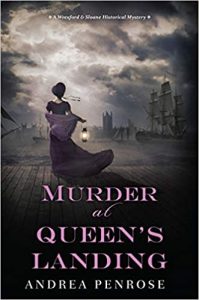 Because this case was steeped in those scientific questions, as well as the age-old question about the fine lines between genius and madness, and between interest and obsession. All the red herrings in this one, and there were many, had been electrocuted or charred to a crisp before presentation, making the solution seem just that much farther out of reach.
Because this case was steeped in those scientific questions, as well as the age-old question about the fine lines between genius and madness, and between interest and obsession. All the red herrings in this one, and there were many, had been electrocuted or charred to a crisp before presentation, making the solution seem just that much farther out of reach.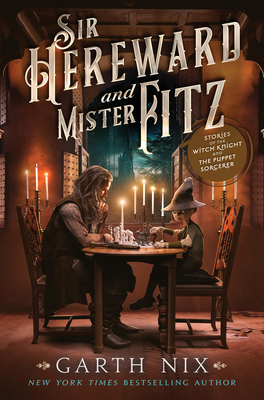 Sir Hereward and Mister Fitz: Stories of the Witch Knight and the Puppet Sorcerer by
Sir Hereward and Mister Fitz: Stories of the Witch Knight and the Puppet Sorcerer by 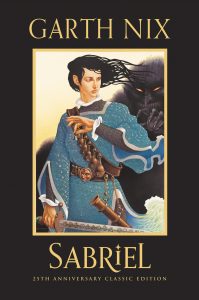 Escape Rating B+: I’ve always meant to read the author’s
Escape Rating B+: I’ve always meant to read the author’s 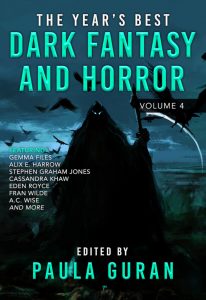 Two final notes about Sir Hereward and Mister Fitz. There’s a story in the forthcoming collection
Two final notes about Sir Hereward and Mister Fitz. There’s a story in the forthcoming collection 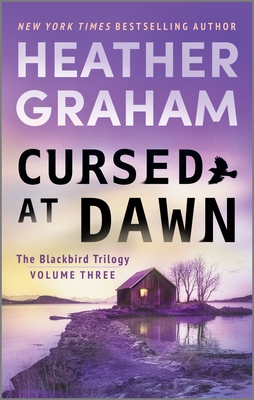 Cursed at Dawn: A Novel (The Blackbird Trilogy, 3) by
Cursed at Dawn: A Novel (The Blackbird Trilogy, 3) by 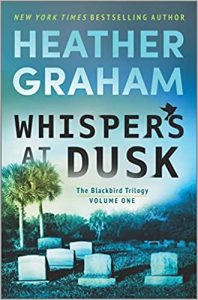 When the series began in
When the series began in 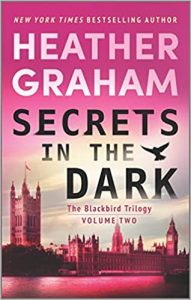 Escape Rating A-: I’ve enjoyed the entire
Escape Rating A-: I’ve enjoyed the entire 